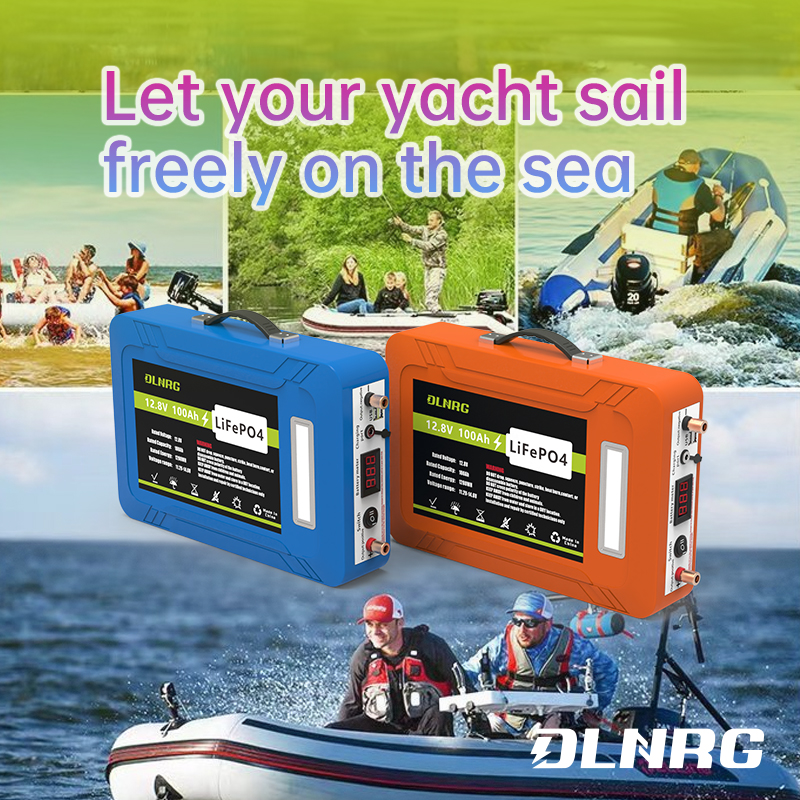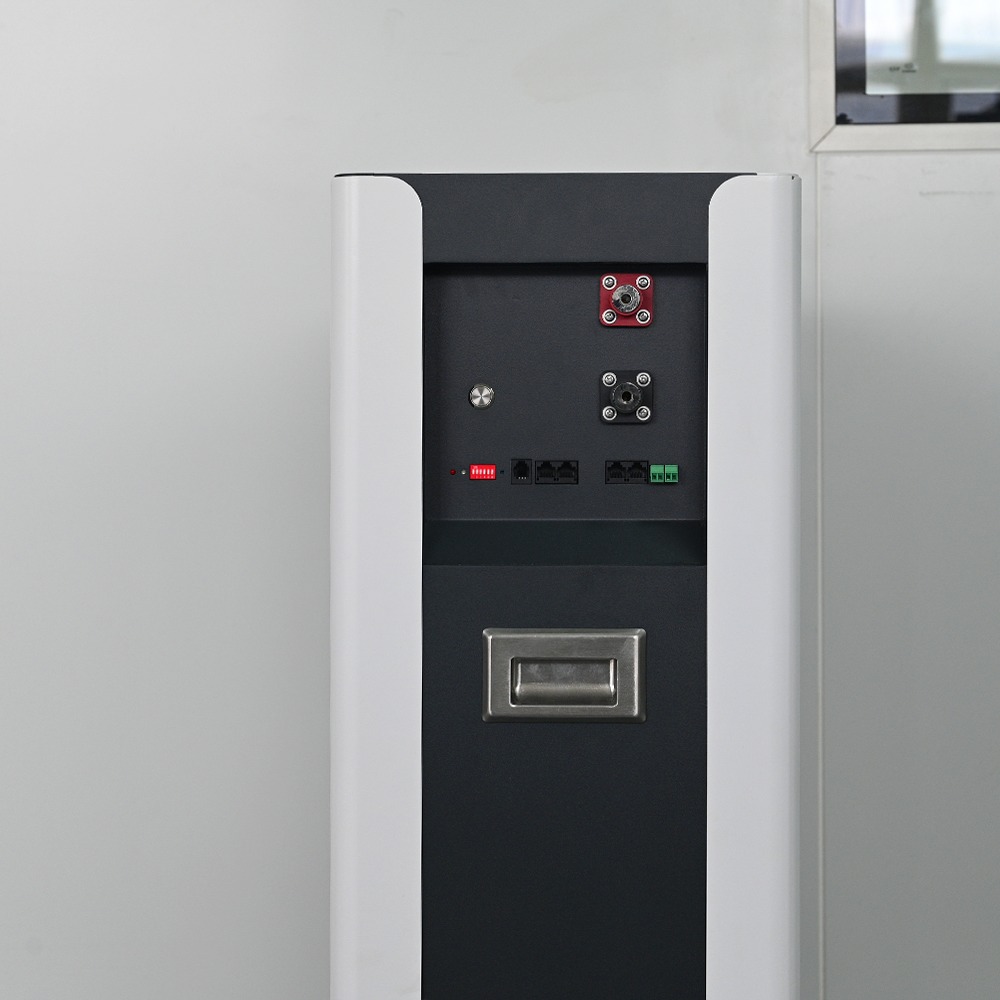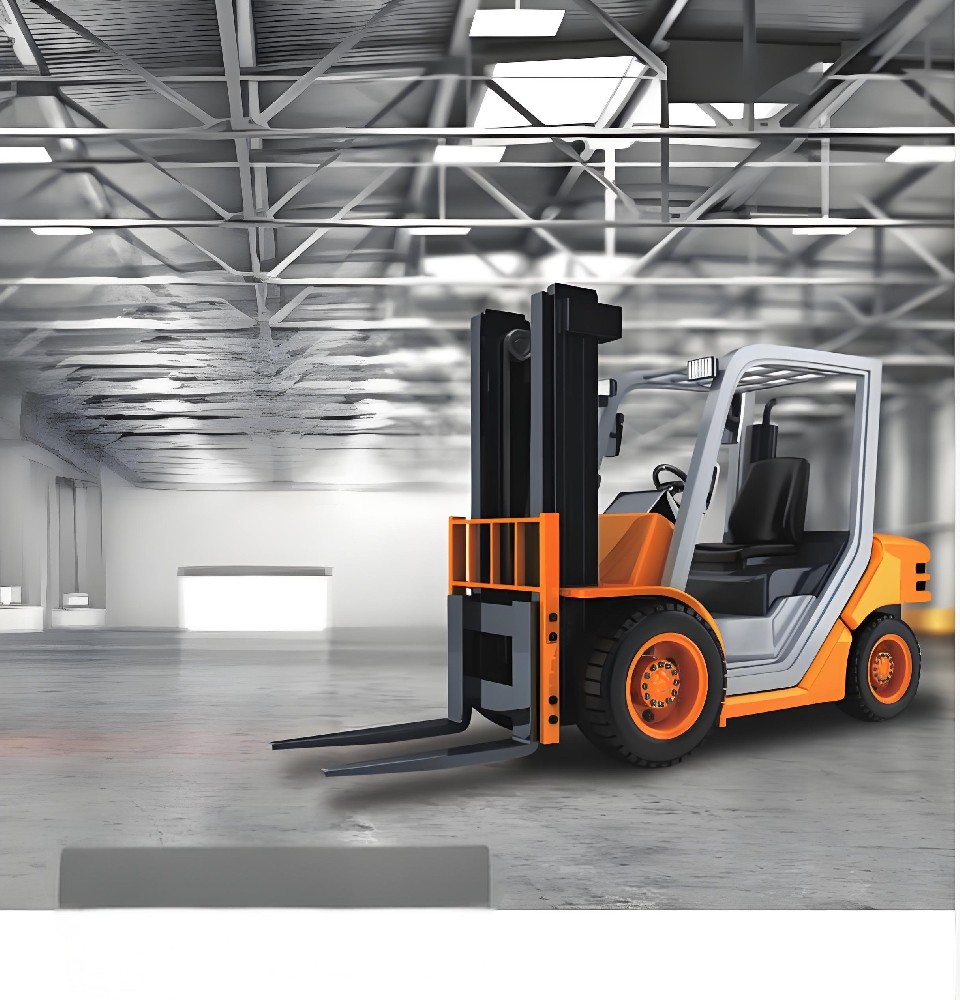As the world strives to reduce emissions, zero-emission forklifts are gradually becoming the first choice in many industries. As restrictions on CO2 emissions become increasingly stringent, converting traditional diesel, propane or gasoline-powered internal combustion engine (ICE) forklifts to zero-emission forklifts not only helps protect the environment, but also brings significant economic benefits to companies.

1. Definition and advantages of zero-emission forklifts
A zero-emission forklift is one that produces no emissions and is typically powered by electric or hydrogen fuel cell technology. These forklifts have multiple advantages when used in warehouses:
Improve air quality: Zero-emission forklifts do not produce harmful gases, which helps improve the air quality in the warehouse and protect the health of employees.
Reduced noise: Electric forklifts operate quietly, reducing noise pollution and creating a more comfortable working environment for employees.
Economic Benefits: Companies can gain tangible economic benefits by reducing operating costs and complying with government regulations. It is estimated that using zero-emission forklifts can reduce operating costs by up to 75%.
Types of Zero Emission Forklifts
Electric forklift:
Lead-acid battery forklift: The purchase cost is low, but the charging efficiency is low and the power consumption is high.
Lithium battery forklift: high charging efficiency, energy conversion can reach 90-95%, low maintenance cost, and long battery life.
Hydrogen fuel cell forklift:
High efficiency and zero emission: No greenhouse gases are released during the reaction process, and electricity and water are generated.
High cost: The equipment cost is high, and the catalyst is made of expensive metal platinum; the construction cost of hydrogen refueling stations is high, and the maintenance cost is high.
Inadequate infrastructure: There is currently a lack of adequate infrastructure to support the regular servicing, maintenance, and repair of hydrogen fuel cell forklifts.
3. Achieving Net Zero Warehouse Operations
To achieve net-zero warehouse operations, companies can consider combining forklift lithium batteries with renewable electricity. Using renewable energy sources such as solar, wind or hydroelectric power to charge your forklifts can further reduce carbon emissions and move towards net zero operational emissions.
IV. Government Incentives and Regulations
The government offers a variety of incentives to encourage companies to adopt zero-emission forklifts, such as energy credits, rebates, and refunds. At the same time, some regions have begun to consider restricting the sales of new internal combustion engine forklifts. For example, California plans to ban the sale of new non-zero-emission forklifts starting in 2026.
V. Conclusion and Recommendations
When choosing a zero-emission forklift, companies should carefully consider factors such as their business needs, operating costs, technology maturity, and government policies. Lithium battery forklifts are popular due to their high efficiency, low maintenance cost and long life. At the same time, combining renewable energy systems to charge forklifts can further reduce carbon emissions and achieve more sustainable operations.
For companies that are considering switching to zero-emission forklifts, it is recommended to consult a professional team or agency for more detailed information and professional advice. Through smart choices and planning, businesses can ensure they operate in a more efficient and sustainable manner, contributing to environmental protection and economic development.




